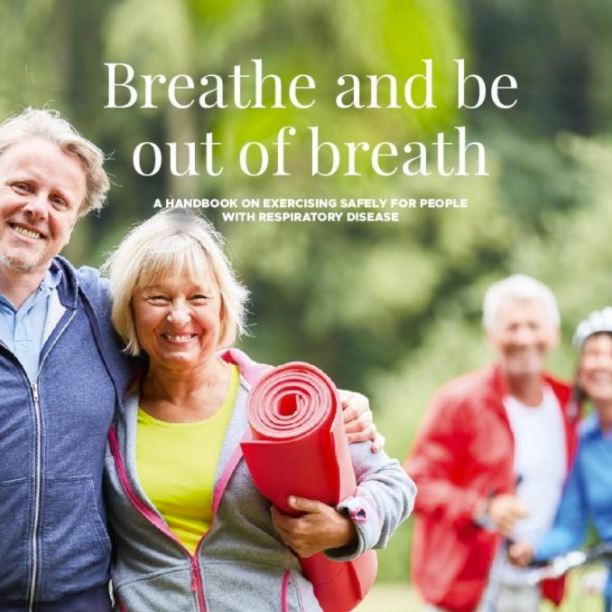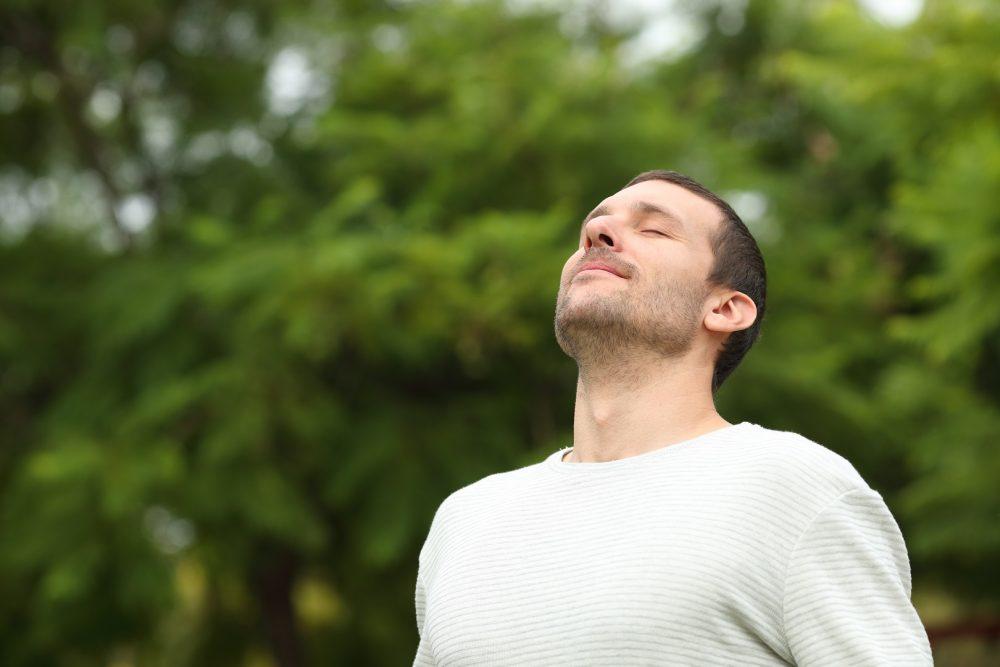Inhalation and exhalation
Inhalation is the active stage of breathing. During inhalation, oxygen is transported from the pulmonary alveoli to the circulatory system. The diaphragm contracts and moves downwards towards the organs in the abdominal cavity, allowing the lowest parts of the lungs to fill with air.
On the outside, inhalation causes the upper stomach to rise. Inhalation also expands the chest. The muscles between the ribs lift the ribs upwards, causing the chest to expand first to the sides and then upwards and outwards.
Exhalation releases carbon dioxide as a waste product. The heart’s pumping system pumps oxygen-rich blood to all organs in the body. Exhalation is a passive process that occurs by relaxing the inspiratory muscles. The elastic structure of the lung tissue allows the chest to return to its resting position, and the diaphragm relaxes against the thoracic cavity.
Exhalation is followed by a short pause, during which all the respiratory muscles are relaxed. When breathing at rest, all accessory respiratory muscles in the neck and shoulders are relaxed. On the outside, this causes the upper abdomen and chest to rise very slightly.
(Text continues after the image.)
Related content
Other topics that may interest you

Breathe and get out of breath
Read more in the Organisation for Respiratory Health handbook on breathing and exercise.
Information about breathing and the respiratory system
The respiratory system
The airways consist of the lower and upper respiratory tract. The upper respiratory tract includes the nasal cavity, the pharynx, and the larynx. These contribute not only to breathing but also to swallowing, voice production, and coughing. The lower respiratory tract consists of the lungs, trachea, bronchi, bronchioles, and alveoli.
Respiratory muscles are needed to transport air into the alveoli. The diaphragm is our most important respiratory muscle. The diaphragm is also needed for many functions that require effort, such as coughing, laughing, and vomiting. Breathing is assisted by abdominal muscles, the muscles between the ribs, and the accessory respiratory muscles in the neck and shoulders.
Breathing economically and efficiently
A good breathing technique helps the body and mind handle the challenges of everyday life. With the right economical breathing technique, pulmonary ventilation is consistent throughout the lungs. This improves oxygen supply and the removal of carbon dioxide and mucus.
Economical breathing is flowing and continuous. Clean, humid, warm air is the best for breathing, since it does not irritate the mucous membranes of the respiratory tract. The nose serves as an excellent filter for air impurities. The nose also warms up and hydrates the inhaled air.
Nose breathing is sufficient for resting, sitting down and doing daily chores. During physical exertion, we tend to breathe through our mouths. This way, we can inhale the air quickly and effortlessly.
Normal breathing has three phases: inhalation, exhalation, and a small pause before the next inhalation.
Economical breathing is relaxed and calm. The work of breathing is less than 5% of total energy expenditure. Uneconomical breathing may be due to a poor breathing technique or respiratory disease. In this case, breathing may account for up to 20–40% of total energy expenditure. This leaves less energy for other bodily functions.
If breathing alone consumes a lot of energy during physical exertion, the body can run out of strength.
Gas exchange
In pulmonary ventilation, air is transported from the outside air to the pulmonary alveoli and back. Oxygen is transported from the alveoli to the pulmonary circulation. Carbon dioxide is transported from the pulmonary circulation to the alveoli. Oxygen moves from the heart and through the systemic circulation to the rest of the body. The resulting carbon dioxide is transported back to the heart through the systemic circulation.
Respiratory rate
Our breathing rate is affected by factors such as physical exertion, anxiety, and pain.
When breathing normally at rest, an adult takes 12 to 16 breaths per minute. Under severe exertion, the respiratory rate of an adult can be up to 35–60 breaths per minute.
In practice, exhalation should be half as long as inhalation.
Difficulties in breathing
Many respiratory diseases cause breathing difficulties. Obstructive respiratory diseases, such as asthma and COPD, may cause difficulties with exhalation. Inflammation of the mucosa and the resulting excess mucus secretion, along with bronchial obstruction, hinder the flow of air into the lungs.
Inhalation may also be impaired by a reduction in the amount of functioning lung tissue, an increase in the residual volume of air in the lungs, or the restriction of full lung extension.
